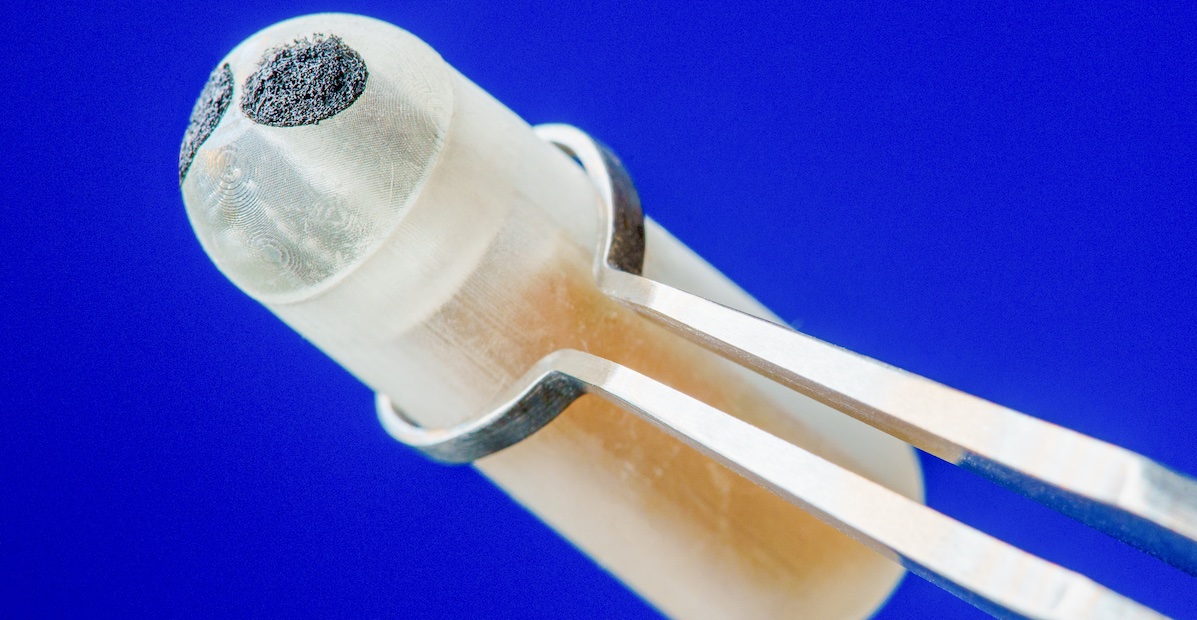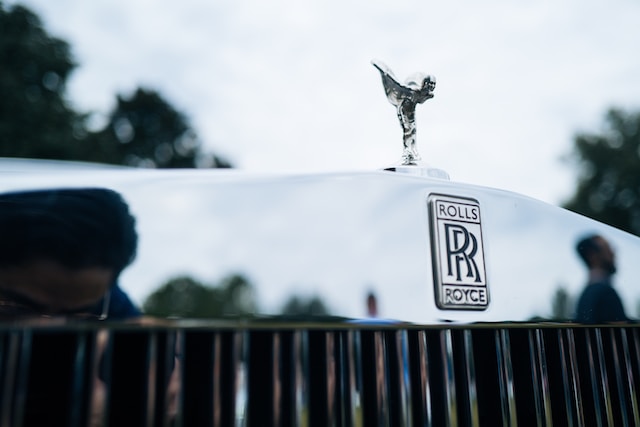Healthcare providers take great care to keep chronic wounds free of bacteria, as infection can delay healing and lead to serious complications.
But when a chronic wound becomes infected, bacteria create a shielding layer of mucus known as a biofilm, rendering them resistant to the effects of antibiotics or disinfectants.
Incorporating Beneficial Bacteria in Wound Dressings to Combat Biofilms
MIT (Massachusetts Institute of Technology) in Boston and the Swiss research institute EMPA (École des Ponts, Suisse) have partnered in a research effort to create a “living dressing” for chronic wounds. Remarkably, this dressing involves the introduction of beneficial bacteria to aid in the healing of such wounds.
The researchers explored the potential of an established product called Bio-K+. Originally marketed as a digestive health supplement, Bio-K+ contains three strains of lactobacilli probiotic bacteria.
They combined Bio-K+ with the Aquacel wound dressing, a product already on the market, and applied it to a biofilm culture produced by Pseudomonas aeruginosa bacteria, a common cause of wound infections. The lactobacilli in the dressing produced lactic acid, lowering the biofilm’s pH and destroying it.
Remarkable Results: Bio-K+ Dressing Eradicated Pathogens, Promoted Skin Healing
Subsequently, the dressing was administered to minor wounds created in human skin samples with P. aeruginosa biofilms. The dressing effectively eliminated 99.999% of the pathogens without causing any harm to skin cells. In addition, the probiotic bacteria encouraged fibroblasts, essential for connective tissue development, to migrate into the wounds.







